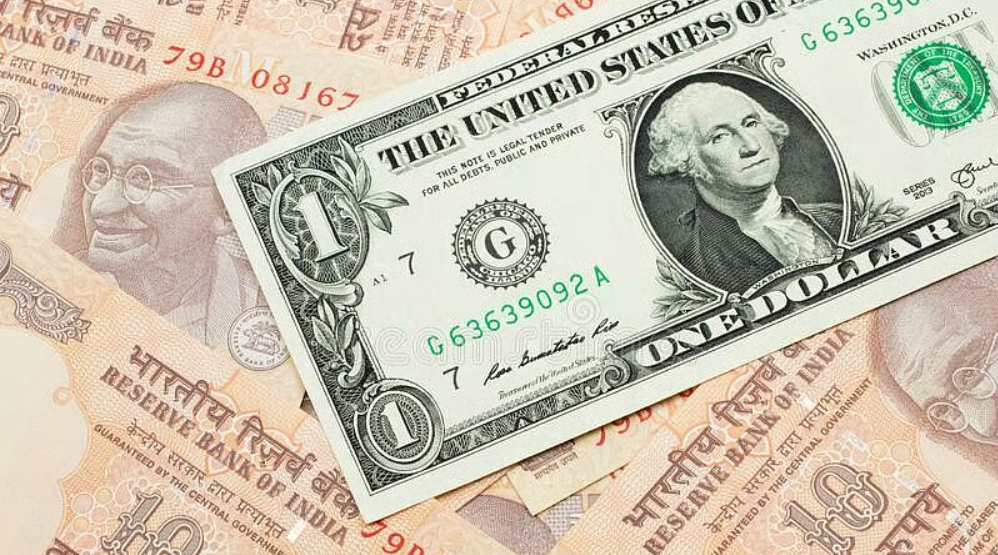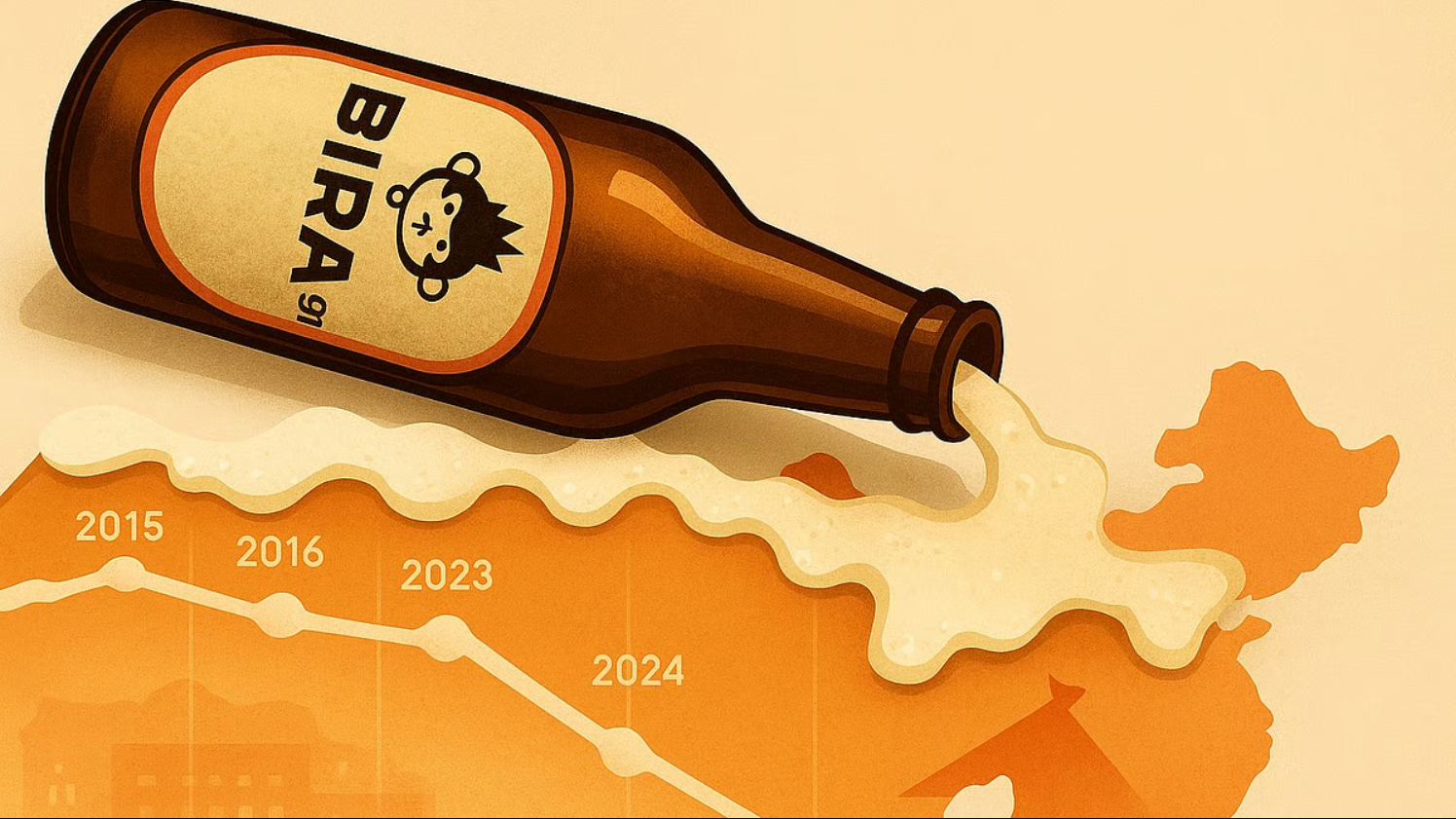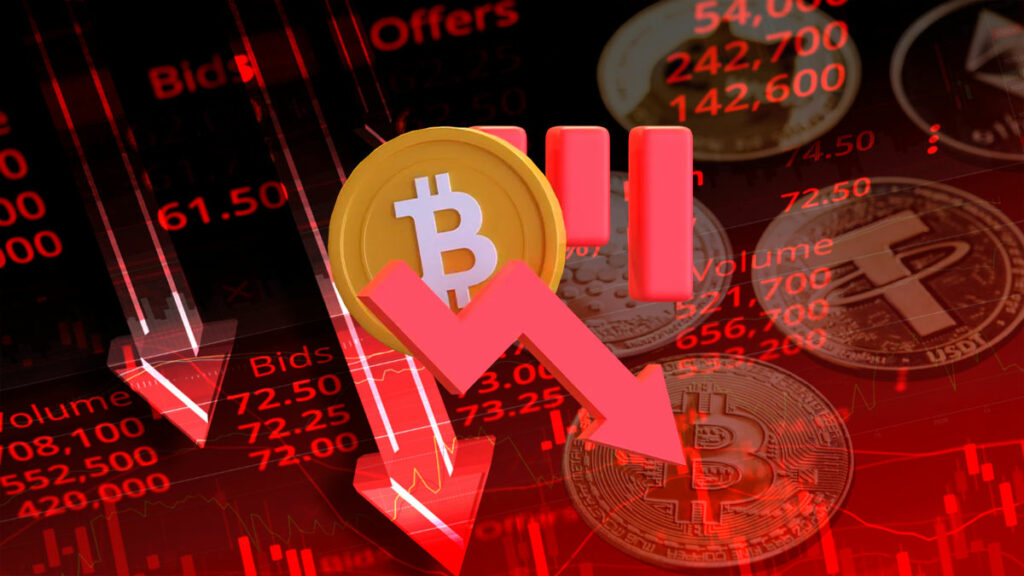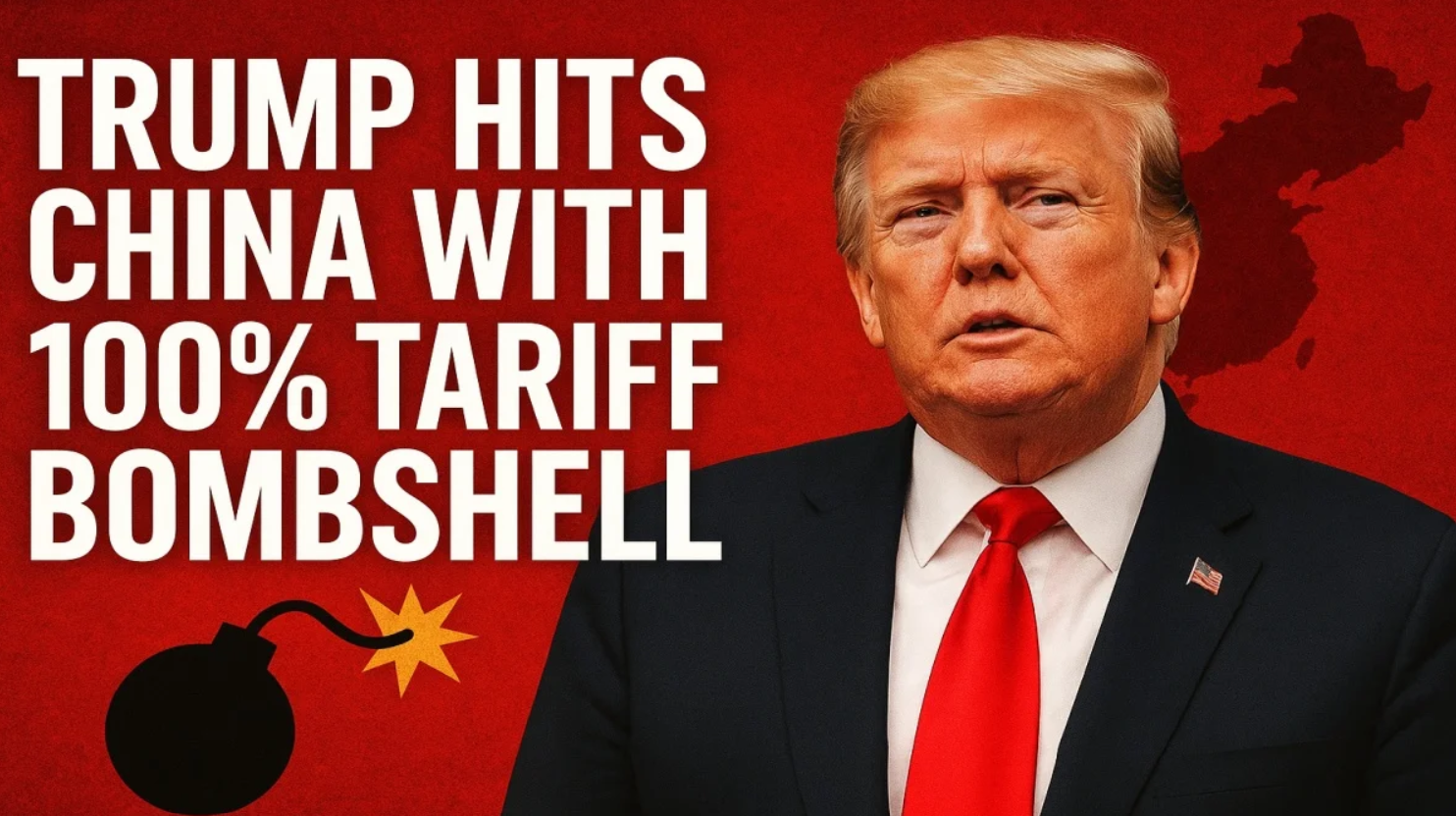The Indian rupee plunged sharply on Wednesday, hitting a five-month low of 87.42 against the US dollar. This fall comes immediately after the United States announced a new twenty-five percent tariff on Indian goods, a move that has sent ripples across financial markets and heightened currency volatility. The rupee’s depreciation marked its steepest single-day fall since early May, sparking concerns of further weakness in the near term.
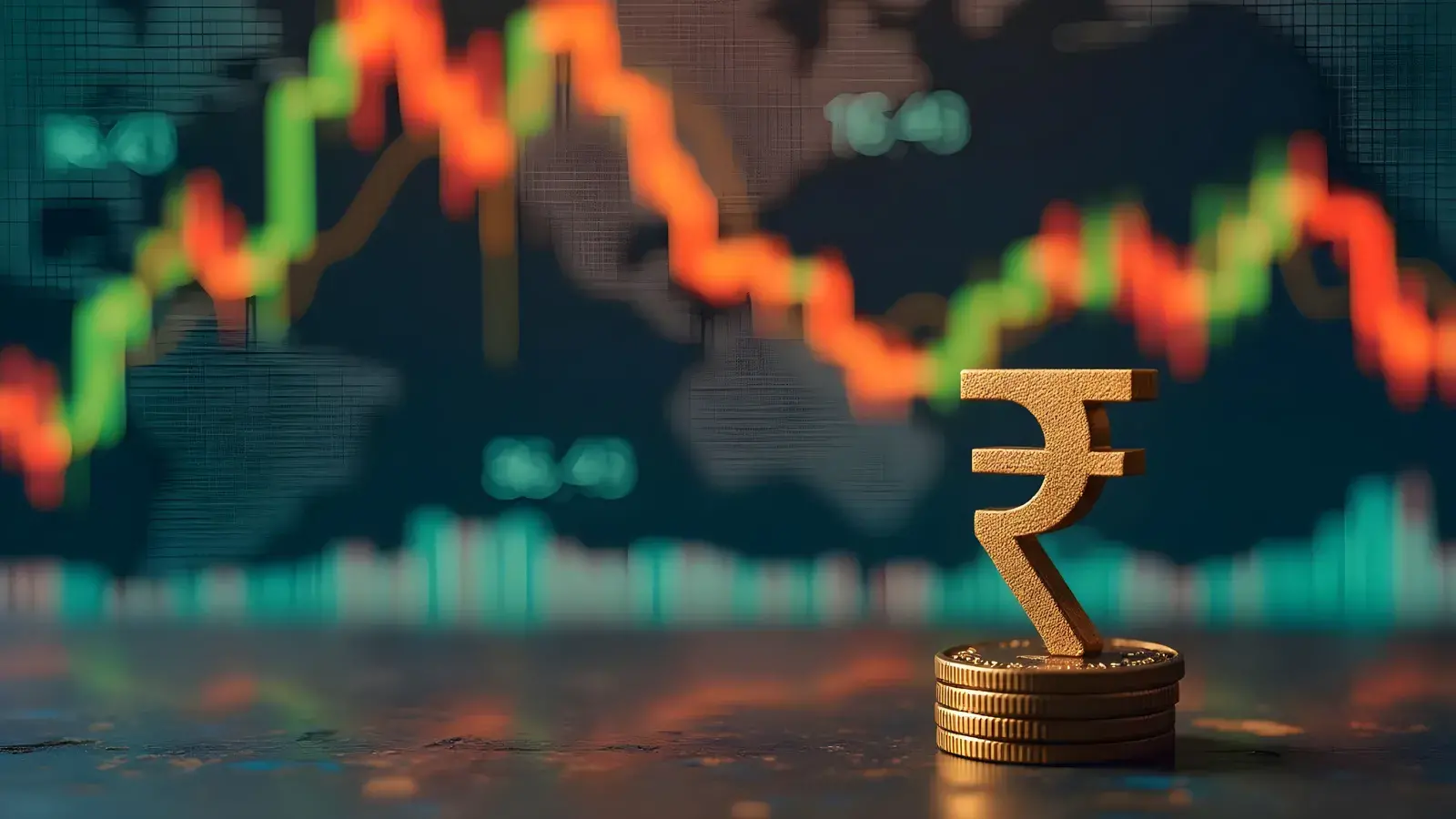
The latest slide is part of a broader downward trend that began in mid-July. Over the past eleven trading sessions, the rupee has weakened nearly two percent against the dollar. The pressure has been steadily mounting due to fears around the tariff announcement, and the confirmation of the duty hike by US President Donald Trump has only intensified the currency’s decline.
While the Reserve Bank of India did step in to manage excessive volatility through measured dollar sales, forex traders noted that there was no aggressive intervention. This hands-off approach has given market forces more room to drive the rupee’s movement, leading to Wednesday’s sharp fall. The rupee breached the psychologically important level of 87 for the first time since March, closing the session significantly lower.
Experts believe that the impact of the tariff hike is not a one-day phenomenon. Rajeev Pawar, head of treasury at Ujjivan Small Finance Bank, noted that the rupee could open another thirty to forty paise weaker on Thursday. Madan Sabnavis, chief economist at Bank of Baroda, pointed out that month-end dollar demand from importers, foreign direct investment outflows, and recent foreign portfolio investor selling are all contributing to the rupee’s vulnerability.
In July alone, foreign portfolio investors have pulled out an estimated two point two billion dollars from Indian equities. This significant outflow is adding to the demand for dollars and weighing further on the rupee. The dollar index, which measures the dollar’s strength against a basket of major currencies, also climbed to 99.01 on Wednesday, making emerging market currencies like the rupee even more susceptible to depreciation.

According to Anindya Banerjee, head of currency and commodity research at Kotak Securities, the rupee is likely to remain volatile in the coming sessions. He anticipates that the RBI could step in more forcefully if the currency continues to slide beyond the 88 mark. However, he also highlighted that the rupee tends to depreciate two to three percent annually as part of inflation adjustment and that the current weakness may be temporary, depending on how global markets react in the short term.
The CEO of a leading mutual fund also suggested that while the rupee is currently the worst-performing currency in Asia, the downside from current levels may be limited if the RBI intensifies its support and market sentiment stabilises. Given the combination of external trade shocks and internal capital flow dynamics, any recovery in the rupee will likely depend on a fine balance between policy support and market confidence.
As the tariff on Indian goods comes into full effect starting Thursday, both equity and currency markets will remain on alert. Investors are advised to keep a close eye on global cues, dollar movement, and RBI action to gauge the short-term direction of the rupee.
For daily updates on currency markets, global economic shifts, and personal finance insights, follow You Finance on Instagram and Facebook.



